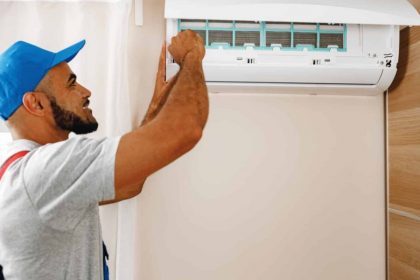Car accidents can be caused by driver error, driver distractions, mechanical failures, impaired drivers and even bad weather and in 2022 California saw 4,488 car accident fatalities. Bad weather might exacerbate the risk of an accident, but this doesn’t change the way that California deals with automobile incidents. It’s important to remember that California isn’t a no-fault state, and liability will be determined based on a number of factors, including:
- Statements taken from witnesses and drivers
- The police officer’s observations of the crash scene
- Notes regarding any related traffic violations
- Physical evidence from the accident site
- Expert analysis
- Cell phone records
- Medical records
What Leads to Weather-Related Accidents?
According to the U.S. Department of Transportation, 21% of traffic accidents are weather-related. A whopping 70% of these incidents happen due to wet pavement, and 46% happen when it’s actively raining.
When it’s raining, each driver is responsible for adjusting their driving behavior to ensure they remain safe. For instance, let’s say you got into an accident on a highway while driving 55 MPH. Although 55 MPH may have been the speed limit, it’s also entirely possible that you were driving too fast for the weather conditions. Wet pavement might cause you to skid, or heavy rain might erode your ability to see properly.
How Does California Law Assess Liability?
As an at-fault state, California uses a tort system when determining liability. Pure comparative negligence makes it possible to recover damages from the other party. This makes it even more critical to gather as much evidence as you can, especially if you’ve suffered an injury and/or your vehicle is seriously damaged.
Pure comparative negligence means that both parties can be partially liable. It’s even possible for you to be considered 90% at fault, which means you can sue the other driver for 10% of your injuries and damage. In other words, if the accident leads to you having $100,000 worth of injuries, you would be eligible to sue for $10,000. At the same time, if the other person’s vehicle has $20,000 worth of damages, they’d be able to sue you for 90% of this amount.
How Much Should I Reduce My Speed?
One of the top causes of weather-related crashes is driving too fast. Your speed must be reduced to match the conditions, or you can be held at fault for your accident. Typically speaking, you should reduce your speed by the following percentages:
- Arterial routes – 10-25%
- Light rain on a freeway – 2-13%
- Heavy rain on a freeway – 3-17%
If you get into a crash during heavy rain and you don’t reduce your speed, a police officer could find you to be completely at fault for the accident. Avoid these problems by always reducing your speed until you feel safe continuing to drive.
Toughest Accidents for Determining Fault
Multi-vehicle accidents can make it much more difficult to determine fault. Therefore, it’s necessary for each driver’s actions to be closely scrutinized. It doesn’t matter if there are three cars involved or 100 cars. An investigation will be launched to assess each driver’s individual level of fault. Once this has been determined, you can sue anyone involved who bears some of the responsibility.
Work with an Experienced Car Accident Attorney
California’s tort system makes it even more vital to get an experienced car accident lawyer on your side. They understand how to navigate through California’s confusing legal system and will ensure you have good odds of recovering your damages.







